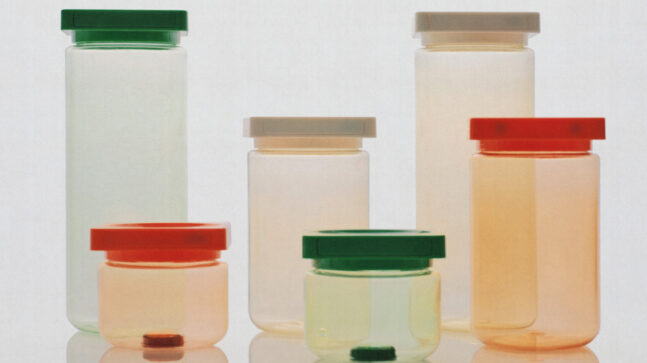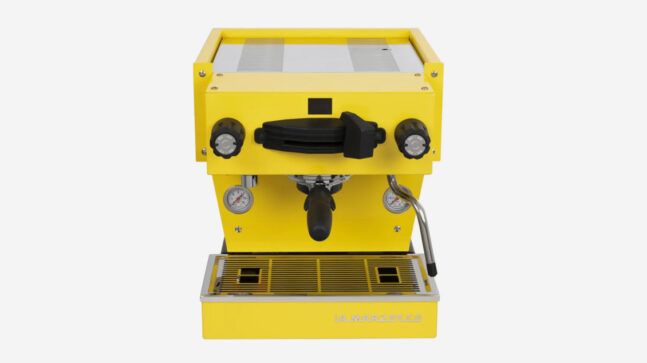To some of us, coffee is just another liquid. It’s something we drink to help power through late-night meetings and long Monday afternoons. But to others, coffee is life. It’s part of the daily routine, as necessary as combing one’s hair or brushing one’s teeth.
Café Las Flores is the best-selling coffee manufacturer in Nicaragua, sourcing all their beans from 17 lots of coffee trees located in the soil rich foothills surrounding the country’s Mombacho Volcano. We met with Erick Bonilla, one of the roasters, for a crash course on how to really experience everything a quality coffee bean has to offer.

Beans, Beans, Beans
Look, there’s no point in spending any quantifiable time and effort tasting something you brewed if what you brewed was never good to begin with.
Erick explained the five things they take into consideration when planting and harvesting their beans, and the first was altitude. Essentially, the higher up your beans are grown, the more consistent and flavorful they are. The stretched resources that come with growing in higher altitude (anything above 800 meters) means that the beans that are grown there take longer to mature, and wind up denser and more flavorful than beans grown elsewhere.
Much like altitude, the temperature also plays a huge role in growing perfect beans. At lower temperatures, the trees grow beans very slowly, which means they gradually mature over time, making them more flavorful, dense, and complex.
Low and slow is the name of the game.
Soil is the next most important aspect of bean growth. The volcanic ash that spreads around the Mombacho Volcano where their plantation is located makes the soil very, very rich in nutrients and minerals.
So what beans should you choose? Well, there are over 100 different coffee species on the planet. The two most common are Coffea Canephora and Coffea Arabica. Arabica beans are by far the most popular for their smooth taste, sugar content, and rounded flavor, and coincidentally enough, those are the only types of bean Café Las Flores grows. So all we’ll say is pay attention to where your beans come from and keep these things in mind.

The Tasting Process
Learning to taste coffee is a lot like learning to taste wine or whiskey.
For optimal taste, buy whole beans, store them properly, and grind them right before use. When beans are ground, the flavors and aromas they naturally lock in are released. While those things can still keep if stored properly, the only surefire way to get the best cup—and best tasting opportunity—is to keep your beans whole and grind them right before brewing.
A proper tasting will utilize most of your senses—smell, taste, touch, and sight—to some degree or another in the process.
Sight
The process starts with sight.
Erick showed us the whole roasted beans, and explained how they strip the flesh off the berries and then dry roast them to help draw out the powerful flavors of chocolate and nuttiness commonly associated with good roasted coffee. Then, he showed us the fresh grinds, noting the medium grind, as medium is ideal for tasting and most applications outside of espresso making.
Then it’s time to take a whiff.

Smell
We then got a good nose of the freshly ground coffee beans. Could we smell any difference in the three blends? Was one fruitier than another? Could we smell the distinct cacao of the medium roast? Or the sugar sweetness in the experimental blend? These are the types of questions you should ask yourself as you go.
After hot water is poured into the cups, allow it to steep for about a minute.
As the grounds and foam started rising to the top, we took another nose to see how the aromas had intensified. According to Erick, if we were starting to smell anything acidic, it was due in part to the foam coming to the top of the blend (more on that later). At this point, we were instructed to dip our spoons into each cup, one at a time, and give them a quick stir. The stir, he explained, would allow the aromatic gases to come up from the liquid, make their way past the foam head, and really expose us to all the complex flavors of the coffee.
Depending on the variables we talked about above—geographic location, altitude, temperature, type of bean, roasting process, etc.—dozens of different flavors present themselves. Some of the most common are spicy, nutty, chocolaty, sweet, floral, fruity, acidic, citrusy, sour, and cinnamon.
A quick pro tip: When you do this at home and realize it’s difficult to tell the difference between one cup and the next, smelling your own skin is a quick way to reset your nose. Weird, we know. But it works.

Taste/Touch
When it finally came to taste the coffee, even that process wasn’t straight forward. It starts by the foam off the top of the cup. This foam isn’t the delicious frothy milky foam we’re used to at the top of our lattes or cappuccinos, rather the building up of coffee particles and other acids that make their way to the top of the cup. They can be consumed, but the taste is bitter.
Once the foam was gone, we were instructed to take a spoonful, bring it up to our mouths, and then—and this is where things got a little weird—slurp it up loudly and quickly like it was some hot soup. The reason for this, he explained, is that it aerates the coffee, much like you’d aerate a wine. The coffee mixes with oxygen, and its flavors don’t just work their way across your tongue and palate so that you taste them, but also up into your sinuses, so that you can once again smell them. It’s a way to round everything out and pickup on the more subtle flavors at play in every bean. Silly as it sounds (both literally and figuratively), we could definitely taste the difference between slurping and straight sipping.
Finally, we were instructed to spit the remnants into a cup, which we politely ignored because why on earth would you ever waste good coffee like that?
And that was it. Coffee is one of those things that takes a lot of time, love, and effort to really get to know, and we’re almost embarrassed to say it, but for even as snobby as we are about our brew, we had no idea what we were missing out on this whole time. You won’t catching us slurping loudly at the coffee shop any time soon, but we’ll definitely be a little more judicious in the experiential part of our coffee tasting from here on out, and we hope you will, too.





